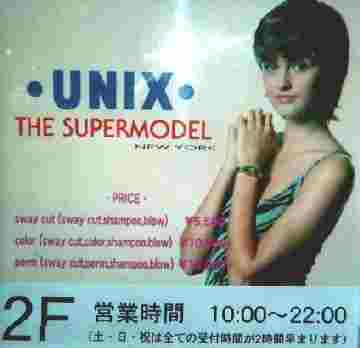

| Main index | Section 1 | 日本語 | Options |
The options are as follows:
| | |
| Turns off prepending of backslash before up-arrow control sequences and meta characters, and disables the doubling of backslashes. This produces output which is neither invertible or precise, but does represent a minimum of change to the input. It is similar to "cat -v". ( VIS_NOSLASH) | |
| | |
| Request a format which displays a small subset of the non-printable characters using C-style backslash sequences. ( VIS_CSTYLE) | |
| | |
| Also encode characters in extra, per svis(3). | |
| | |
| Causes vis to fold output lines to foldwidth columns (default 80), like fold(1), except that a hidden newline sequence is used, (which is removed when inverting the file back to its original form with unvis(1)). If the last character in the encoded file does not end in a newline, a hidden newline sequence is appended to the output. This makes the output usable with various editors and other utilities which typically don't work with partial lines. | |
| | |
|
Same as
| |
| | |
| Encode using the URI encoding from RFC 1808. ( VIS_HTTPSTYLE) | |
| | |
| Mark newlines with the visible sequence ‘\$’, followed by the newline. | |
| | |
|
Encode all shell meta characters (implies
| |
| | |
| Encode using the MIME Quoted-Printable encoding from RFC 2045. ( VIS_MIMESTYLE) | |
| | |
| Turn on the VIS_NOLOCALE flag which encodes using the "C" locale, removing any encoding dependencies caused by the current locale settings specified in the environment. | |
| | |
|
Turns off any encoding, except for the fact that backslashes are
still doubled and hidden newline sequences inserted if
| |
| | |
| Request a format which displays non-printable characters as an octal number, \ddd. ( VIS_OCTAL) | |
| | |
| Encode shell meta-characters that are non-white space or glob. ( VIS_SHELL) | |
| | |
| Only characters considered unsafe to send to a terminal are encoded. This flag allows backspace, bell, and carriage return in addition to the default space, tab and newline. ( VIS_SAFE) | |
| | |
| Tabs are also encoded. ( VIS_TAB) | |
| | |
| White space (space-tab-newline) is also encoded. ( VIS_WHITE) | |
When 8-bit data is present in the input, LC_CTYPE must be set to the correct locale or to the C locale. If the locales of the data and the conversion are mismatched, multibyte character recognition may fail and encoding will be performed byte-by-byte instead.
| LC_CTYPE | |
| Specify the locale of the input data. Set to C if the input data locale is unknown. | |
$ echo -e "\x10 " | vis -w -t \^P\012\011\012
Same as above but using `\$' for newline followed by an actual newline:
$ echo -e "\x10 " | vis -w -t -l \^P\$ \011\$
Visualize string using URI encoding:
$ echo http://www.freebsd.org | vis -h http%3a%2f%2fwww.freebsd.org%0a
| VIS (1) | February 18, 2021 |

| Main index | Section 1 | 日本語 | Options |
Please direct any comments about this manual page service to Ben Bullock. Privacy policy.
